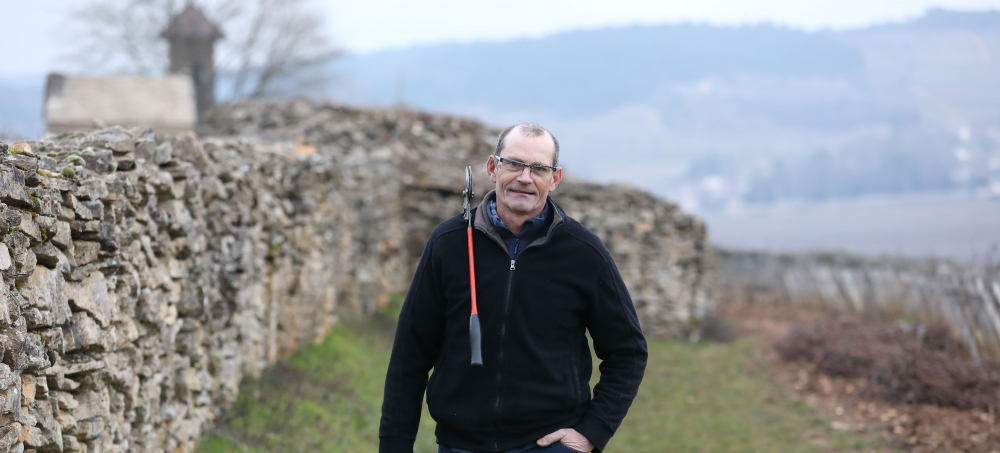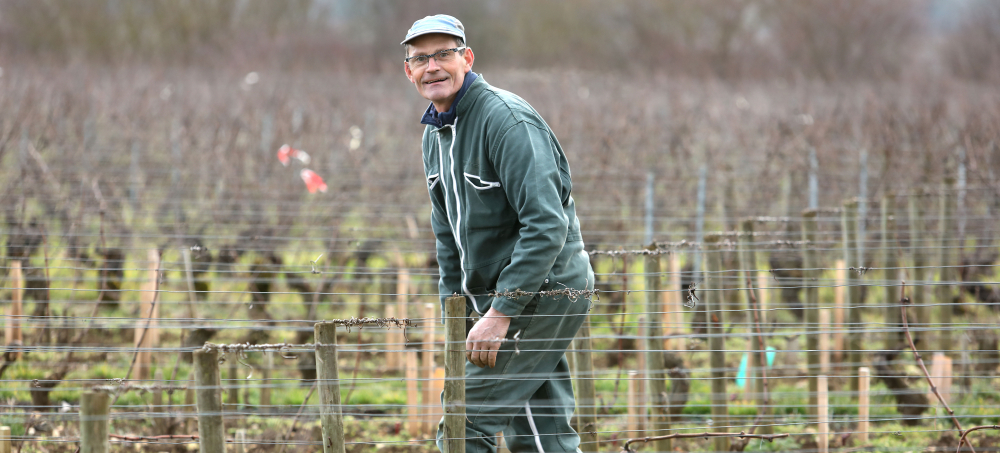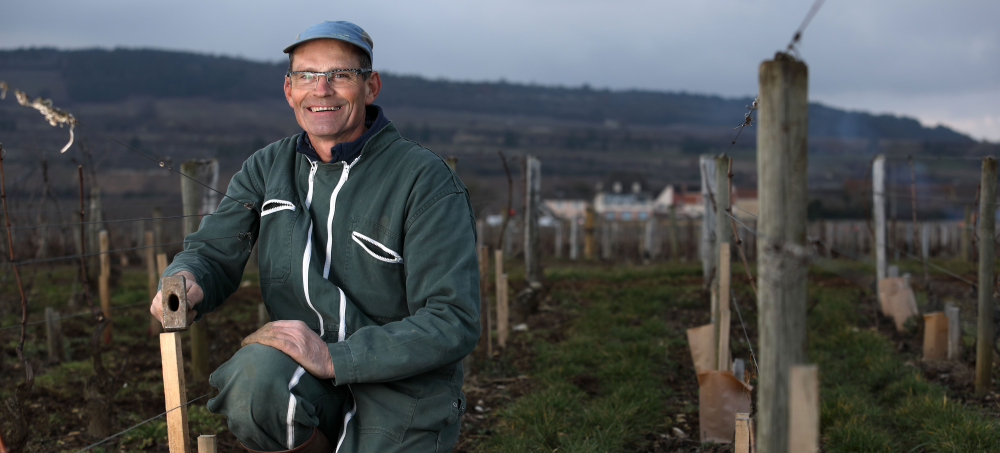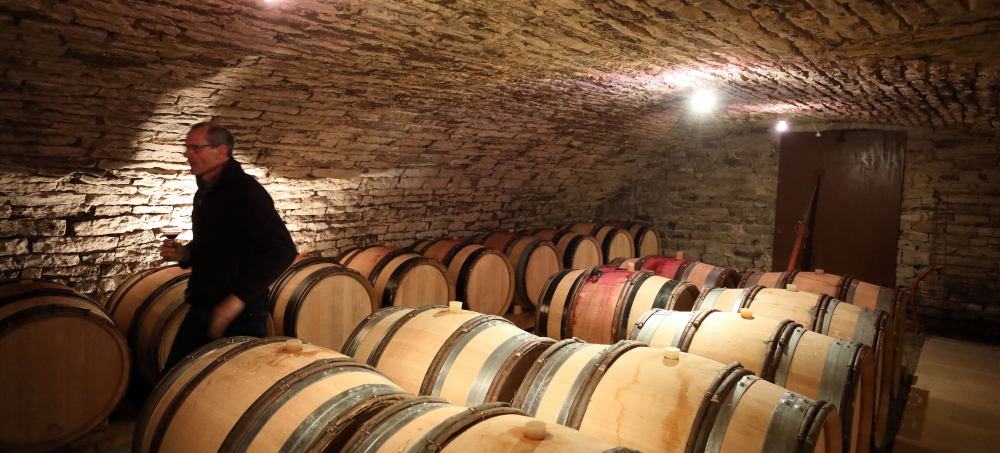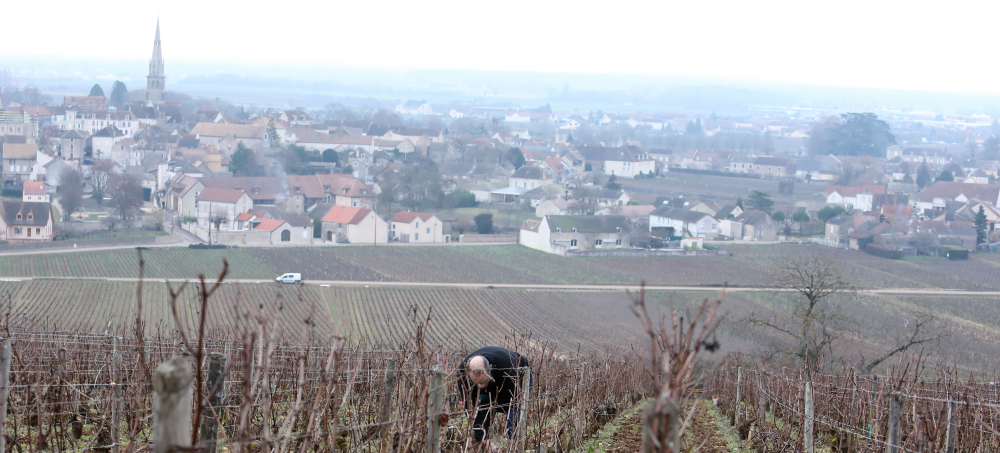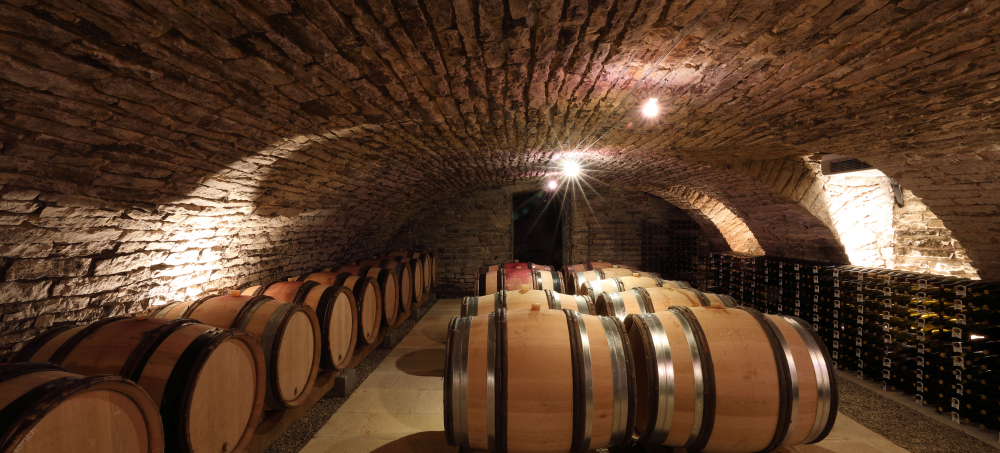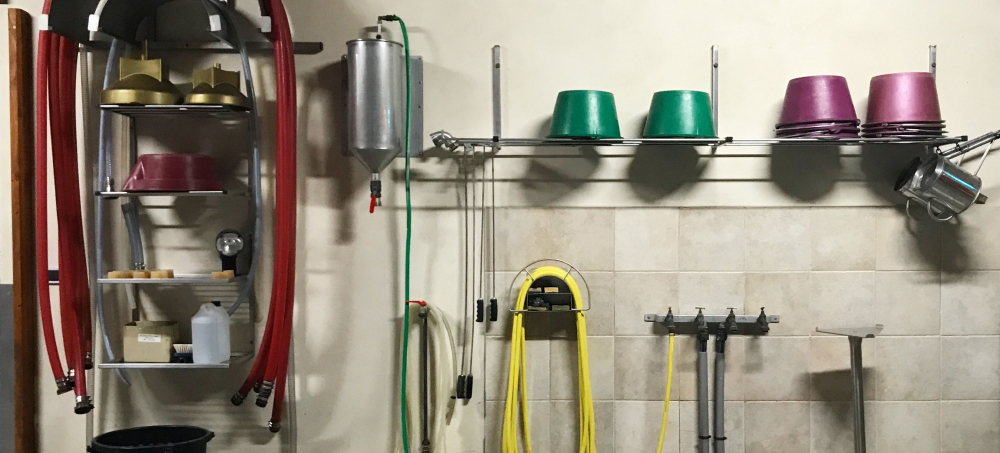More than many of his peers, Jean-Philippe Fichet works to test the limits of transparency, exploring the very soul of Meursault terroirs. If Burgundy is a terroir-lovers haven, it was in fact Meursault’s destiny to have its soils revealed in this way: their intense stoniness is magnified by an exceptionally low water table that forces the roots of the vines deep underground to reveal the depths and mysteries that lie underneath that make these wines so unique.
The story of Meursault is also about terroir specificity. In the 1980's, René Lafon, of Domaine Comtes-Lafon, created a breakthrough by bottling his Meursault "Clos de la Barre" on its own. For a century before, such a thing had been unheard of, as only the most famous vineyards, the premier crus, were ever bottled individually. Everything else was blended into Meursault Villages. Today, especially in Meursault, but also in other villages, asture producers make wines from single-parcels of Villages-level vineyards, or so-called lieux-dits. Jean-Phillipe Fichet was an early practitioner of this philosophy, and even if uneconomical, he would rather produce a very small amount of wine from his best sites than to lose their unique character in a blend.
Although Fichet owns almost no vines, he has utilized long-term férmage and metayage agreements to assemble an enviable vineyard line-up - most in relatively old vines in top Meursault lieux-dits. His tireless work has brought well-earned attention to the honorable terroirs of Gruyaches, Tesson and Chevalières. In the vineyards, Fichet is fastidious and uncompromising. So much so that it is often impossible to get an appointment to visit unless it is at the end of the day, since Jean-Philippe is usually in his vines from daybreak until sunset every day, even in the off-season! in fact, he believes in severe winter pruning rather than green harvesting.
While the "minerality" of Meursault is its calling card, Fichet feels that FRUIT should never be an afterthought. While it has become somewhat of a trend in the Côte de Beaune to pick quite early in search of acidic cut, he is also not afraid of ripeness and believes it to be essential to achieving balance. In his opinion, lean, underripe wines do not do justice to the indiviudual terroirs. In explaining his views on physiological ripeness, Fichet is looking for that "optimum moment" when all the components are in perfect harmony. To articulate this goal, he tells the story of shaking the branches of apricot tree. Those apricots that fall have reached perfect ripeness, whereas those that hang on haven't yet reach full ripeness (or deliciousness)! That is what he is looking for in his grapes at harvest!
This meticulous attention to detail carries over to his cellar practices as well where he adapts his work to not just each wine but often to each individual barrel! The cellar, which is so spotless one could eat off the floor, is a curated display of beauty and function. Who knew coiled hoses and rows of hanging allen wrenches could look so lovely? Fichet maintains that the expressiveness of his wines is enhanced through a patient 18-month élevage - 12 months in mostly used wood followed by 6 months in tank - and by avoiding aggressive lees stirring. He uses a mix of barrels, from traditional 228-liter barriques to larger 600-liter demi-muids, depending on the terroir and the vintage.
While he has always produced wine from the neighboring village of Auxey-Duresses, in recent years, he has developed relationships with growers in 'cooler' terroirs in Rully and the Hautes Cotes de Beaune to expand his offerings. He feels that both these areas (like Auxey Duresses itself) are not only great values, but also better suited to endure the effects of climate change that are creating more and more of a challenge in today's Burgundy landscape.
Fichet’s style probably most closely resembles Roulot’s, with riveting focus, purity, delineation, and incredible transparency. From the Bourgogne Blancs to the most reverred lieux-dits, the Fichet lineup offers up textured, racy, and electric wines without artifice. Every cork pulled is a return to the authenticity of these fabled terroirs.
Thanks to our friends at the Rare Wine Co. for a couple of the above passages.
